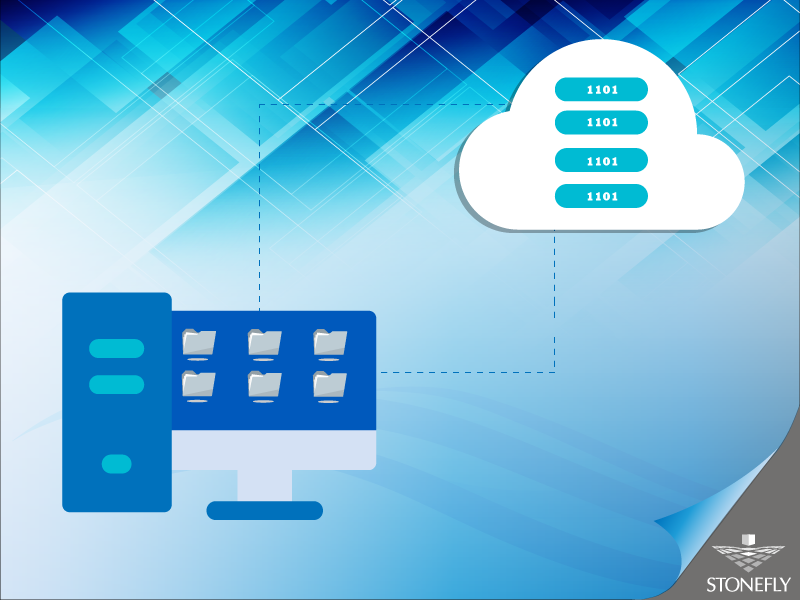Organizations can quickly recover damaged or malfunctioning workloads or even launch workloads on remote systems for business continuity through Data redundancy.
This article explores data redundancy: What it is, how it works, use case, what level of data redundancy do you require, comparison with data backup and benefits of data redundancy. Let’s get started:
What is Data Redundancy?
Data redundancy means that, same piece of data is held in two different places. This includes two copies of data in a single database or two different locations in multiple software environments or platforms. Simply put, it is the repetition of data. Data redundancy is done for data backup and recovery purposes. Successful data redundancy requires attention to remote storage, networking and server hardware deployment needs which are based on your disaster recovery (DR) strategy.

Wasteful data redundancy:
Wasteful data redundancy occurs when the data doesn’t have to be repeated but it is duplicated due to inefficient coding or process complexity.
Positive Data redundancy:
This type of data redundancy works to safeguard data and promote consistency. The key is to have a way to update all of the places where the data is redundant through one central access point.
What level of redundancy is right for your data center?
In order to ensure the system availability, it is difficult to choose the right level of redundancy. For some organizations N+1 redundancy is more than enough to ensure robust performance. Others can require greater redundancy. You need to know that what level of redundancy your business needs. In order to know how much redundancy do you require you have to know that how much data do you have and do you have space for that data redundancy or not. Data redundancy requires space, if you are planning to incorporate data redundancy then you have to make sure that you have sufficient amount of storage space.
Data backup and data redundancy
Popular belief is that data backup and data redundancy are the same but there is a fine line between them. Data backup is the contingency plan and data redundancy is a part of the contingency plan. In simpler words backing up data is the creation of compressed and encrypted versions of data stored locally and/or in the cloud, while data redundancy is reinforcing the backup with an extra layer of protection.
Local backups are vulnerable to malicious attacks, it is smart to have another protective layer for your data. If you add data redundancy in your disaster recovery plan you can keep the risks low.
Benefits of site-to-site data redundancy
In today’s technology-oriented business environment you have to take steps which will make your business flourish. Data redundancy is one of the key features in data storage.
Reliable:
Many businesses these days believe that the standard backup practices and the data encryption will keep their data safe. The question is: are they really safe? In case of any data loss event, the most important thing is how you will recover your data. If you use data redundancy to backup your data locally and offsite then you guarantee your business protection against data loss.
Business Continuity:
Data redundancy plays a vital role in Business Continuity Management (BCM). A company’s data is secured from data loss via backup technology while disaster recovery services reduce downtime by prioritizing mission critical data. Data redundancy can empower both of these processes for an additional layer of recoverability.
This is important from compliance perspective and also for companies that have to maintain copies of their data or need more than one failover options for disaster recovery.
Compliance:
Compliance is the factor that has to be addressed in a comprehensive manner in your business environment which then makes data redundancy more important. If you don’t have backup of your clients’ information then you will be in trouble.







